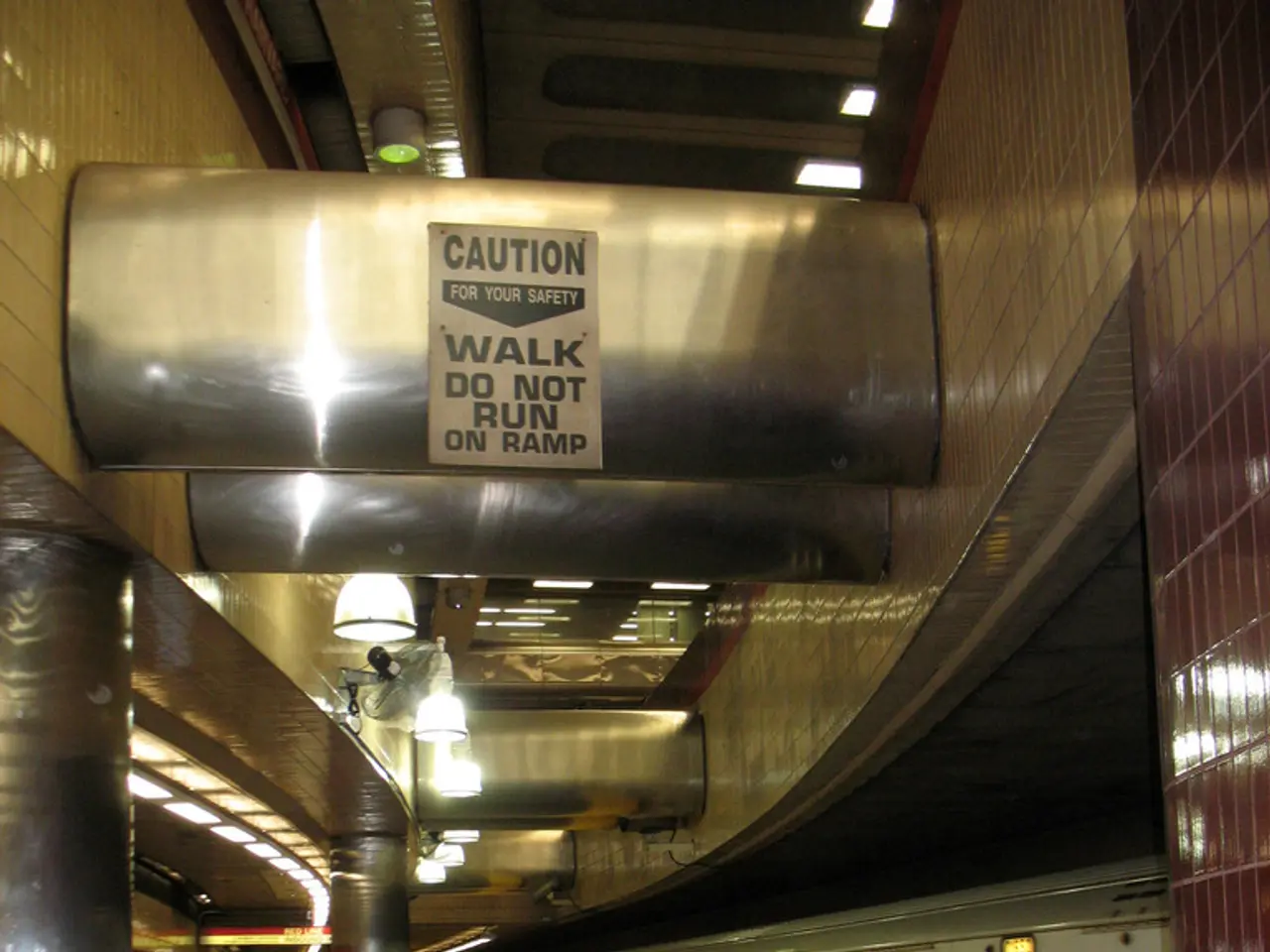Earth scientists issue alert following 3.8-magnitude earthquake close to Silivri, suggesting persistent seismic threat to Istanbul.
In the aftermath of a series of earthquakes, including a recent 3.8 magnitude tremor near Silivri on July 5, 2025, experts are warning that the danger of a major earthquake in the Marmara region has not subsided. The April 2025 magnitude 6.2 earthquake and its aftershocks, such as the recent one, signal an ongoing threat to the region.
The complex tectonics of the Marmara region, combined with its dense population, make earthquake risk particularly significant. Researchers have identified a seismic gap about 30 kilometers long and 10 kilometers deep along the North Anatolian Fault zone just south of Istanbul—a potential source of a future strong earthquake.
In response to these risks, the Turkish government is taking proactive measures. The authorities are planning to relocate industrial zones in Istanbul to more disaster-resilient areas, aiming to reduce the economic fallout from a potential major quake. A significant portion of the country’s manufacturing and exports are concentrated in the vulnerable Istanbul metropolitan area.
The government’s 2030 Industrial Strategy includes a chapter specifically focused on earthquake resilience. Furthermore, the strategy emphasizes the importance of reinforcing vulnerable buildings and maintaining public emergency preparedness.
Earth scientist Sukru Ersoy and geologist Naci Gorur have been vocal about the urgency of these measures. Ersoy described smaller quakes as messages and urged earthquake preparedness, emphasizing that the danger of a major earthquake in the Marmara region has not passed. Gorur urged local and central authorities to remain vigilant regarding the earthquake risk.
The population density of the Marmara region is a factor in its earthquake risk. Reinforcing the region's vulnerable building stock remains crucial for earthquake preparedness. Emergency management agencies continue to warn residents to stay away from buildings during aftershocks and to maintain preparedness.
In summary, the seismic risk remains high in Istanbul due to recent measurable quakes and an identified seismic gap near the city. The April 2025 magnitude 6.2 earthquake and its aftershocks signal ongoing threat. Industrial zones are being planned for relocation to safer areas to reduce economic impact. The government’s strategy includes strengthening earthquake resilience in infrastructure and buildings, alongside public emergency preparedness campaigns. Authorities and experts urge continuous vigilance and structural reinforcement due to changing fault stresses. These combined scientific findings and government actions reflect a comprehensive approach to manage Istanbul’s significant seismic risk and enhance earthquake preparedness in the wake of recent earthquakes.
In Istanbul, science experts, including Sukru Ersoy and Naci Gorur, continue to highlight the importance of earthquake preparedness, as the city's dense population and a potential seismic gap near its infrastructure pose a significant risk. The Turkish government, aware of this threat, is strategically planning to relocate industrial zones to safer areas to minimize economic impact, while emphasizing the need for earthquake resilience in new infrastructure and buildings. Additionally, public emergency preparedness campaigns remain essential to ensure the health and wellness of the residents, particularly during aftershocks, as recommended by health and medical-conditions experts. Furthermore, environmental-science researchers urge the authorities to consider the impact of seismic activities on the environment and take necessary precautions to ensure the region's future sustainability, as weather patterns and other environmental factors can be influenced during earthquakes.




